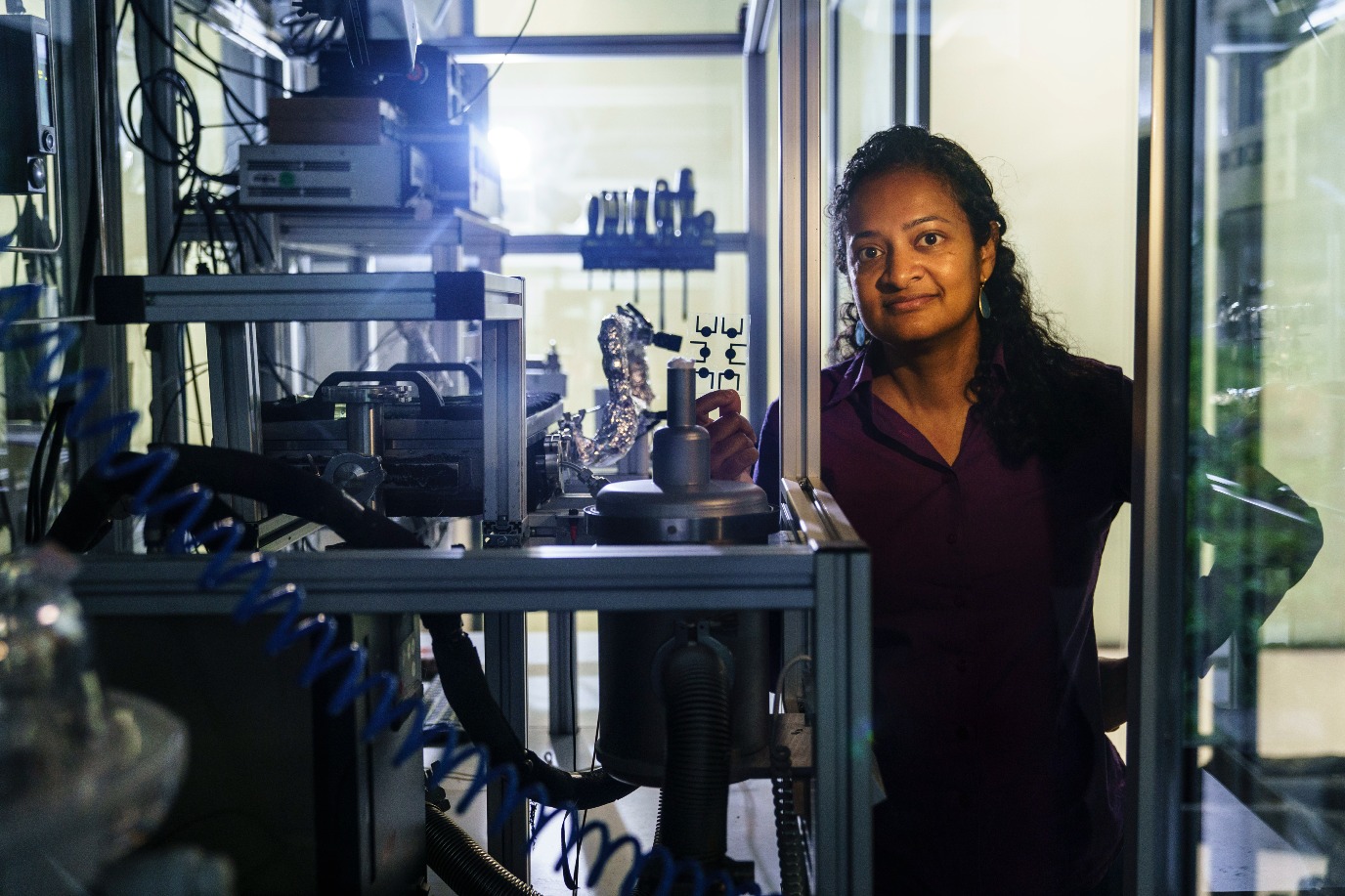New conductive hydrogel is as soft as the brain

Bioelectronics, such as implantable health monitors or devices that stimulate brain cells, are not as soft as the surrounding tissues due to their metal electronic circuits. A team of scientists from the University of Groningen in the Netherlands, led by associate professor Ranjita Bose, have now developed a soft polymer hydrogel that can conduct electricity as well as metal can. As the material is both flexible and soft, it is more compatible with sensitive tissues. This finding has the potential for a large number of applications, for example, in biocompatible sensors and in wound healing.
FSE Science Newsroom | René Fransen
The scientists coated a porous hydrogel with the conductive polymer polypyrrole, using oxidative chemical vapour deposition. They applied an ultrathin layer to ensure that the gel would remain soft and stretchable. Tests showed that the coated gel was compatible with neural cells, making it a promising platform for soft, implantable, and biocompatible bioelectronics.
The conductive gel could be used in neural implants. Its high sensitivity and flexibility make this gel ideal for continuous monitoring of pressure, pulse, or muscle activity in smart health devices. As the gel is biocompatible and mimics the softness of tissues, it can also serve as a scaffold that supports cell growth and healing in damaged organs or nerves.
More natural human-machine interfaces
Furthermore, soft conductive materials could be used by manufacturers of next-generation bioelectronic and soft robotic devices. In short, this technology could help bridge the gap between biology and electronics, leading to safer, longer-lasting, and more natural human-machine interfaces.

Having taken this first step, the scientists plan to expand their approach to develop sensors that monitor wound healing in diabetic patients, where increasing pH could be an early warning of the wound becoming chronic, or sensors to monitor walking gait as an early indicator of Parkinson’s disease. A description of the conductive gel was published in the journal Materials Today Chemistry.
The study encompassed a collaboration of three teams, based in three different research institutes of the University of Groningen: the Engineering and Technology Institute Groningen, the Zernike Institute for Advanced Materials, and the Groningen Research Institute of Pharmacy.
Reference: Adrivit Mukherjee, Ranjita K. Bose et al: Soft on tissue, strong on signal: Enabling tissue compatible pressure sensing conductive hydrogels via oxidative chemical vapor deposition Materials Today Chemistry, October 2025.
More news
-
18 November 2025
Rockets, robots, and regulations
-
14 November 2025
What if we would classify mental disorders in a different way?
-
11 November 2025
Farmland in crisis: ‘Try to understand each other’s points of view’
